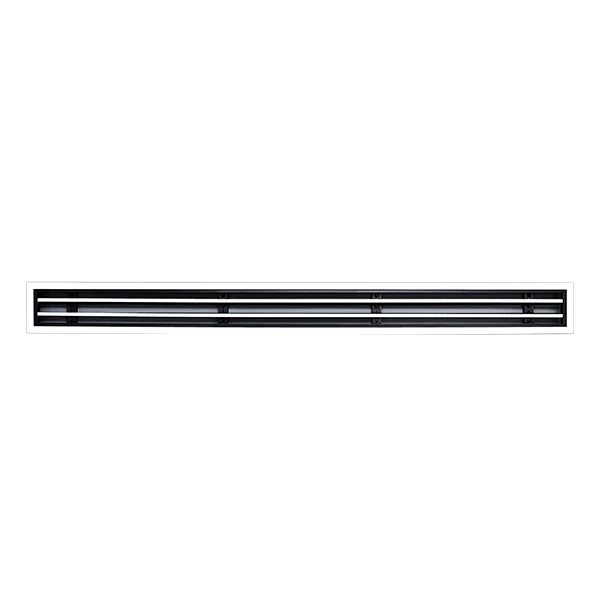When it comes to luxury timepieces, the material of the watch crystal plays a pivotal role in both aesthetics and durability. Among the various materials available, sapphire crystal stands out for its exceptional hardness and scratch resistance. However, discerning whether a watch features a sapphire crystal can be challenging, especially for those new to horology. In this article, we will explore the characteristics of sapphire crystal, methods to identify it, and the advantages it offers, ensuring you make an informed decision when purchasing your next watch.
Understanding Sapphire Crystal
Sapphire crystal is synthesized from aluminum oxide, a process that involves heating the material to extremely high temperatures. This results in a transparent, durable substance that is second only to diamond in hardness. The unique properties of sapphire crystal make it an ideal choice for watchmakers who prioritize longevity and clarity. Unlike mineral glass or acrylic, sapphire crystal is less prone to scratches and can withstand everyday wear and tear, making it a favorite among luxury brands.
Key Characteristics of Sapphire Crystal
To determine if a watch is equipped with sapphire crystal, it is essential to understand its distinctive characteristics:
- Scratch Resistance: One of the most notable features of sapphire crystal is its scratch resistance. If you have access to a sapphire crystal watch, you can test its resilience by gently rubbing it against a material known to scratch glass, such as a knife blade. If there are no visible scratches, it is likely sapphire.
- Clarity and Transparency: Sapphire crystal is renowned for its optical clarity. When viewed under direct light, it should exhibit a clear, distortion-free appearance. Any waviness or distortion may indicate the presence of mineral glass.
- Weight: Sapphire crystal is denser than mineral glass. If you have the opportunity to compare watches side by side, the one with sapphire crystal may feel slightly heavier.
- Reflection and Coating: Sapphire crystal often comes with anti-reflective coatings that enhance visibility. When tilted at an angle, a sapphire crystal watch may exhibit a bluish hue due to this coating, which is less common in lower-quality crystals.
- Water Resistance: Many watches with sapphire crystal are designed for higher water resistance. If a watch boasts a significant water resistance rating, it is likely to feature sapphire crystal.
Practical Methods to Identify Sapphire Crystal
While the characteristics mentioned above are helpful, there are practical methods you can employ to identify sapphire crystal in a watch:
- The Water Test: Place a drop of water on the crystal. Sapphire crystal has a high surface tension, causing the water to bead up rather than spread out. If the water forms a bead, you are likely looking at sapphire.
- The Light Test: Shine a flashlight or a bright light source on the crystal. Sapphire crystal should refract light beautifully, creating a prism effect. If the light appears dull or does not refract well, it may not be sapphire.
- The Scratch Test: As mentioned earlier, using a hard object to test for scratches can be effective. However, this method should be used cautiously, as it can damage the watch if not done properly.
- Consulting Documentation: The most reliable method is to refer to the watch’s documentation or specifications. Reputable brands will clearly state whether the crystal is sapphire, and this information is often found on the warranty card or the manufacturer’s website.
Advantages of Sapphire Crystal
Investing in a watch with sapphire crystal comes with numerous benefits:
- Durability: Sapphire crystal is highly resistant to scratches, ensuring that your watch maintains its pristine appearance over time.
- Clarity: The optical clarity of sapphire crystal enhances the overall aesthetic of the watch, allowing for a clearer view of the dial and complications.
- Value Retention: Watches with sapphire crystal often retain their value better than those with inferior materials, making them a wise investment for collectors.
Conclusion
Identifying whether a watch features sapphire crystal is crucial for anyone looking to invest in a durable and aesthetically pleasing timepiece. By understanding the characteristics of sapphire crystal and employing practical identification methods, you can make an informed decision that aligns with your preferences and lifestyle. Whether you are a seasoned collector or a first-time buyer, knowing the value of sapphire crystal will enhance your appreciation for fine watchmaking and ensure that your investment stands the test of time.


More Stories
The Role of Combining DC Fast Chargers and Energy Storage Systems in Building Efficient Charging Networks
Custom Solar Slew Drive Design for Precision Tracking Systems
How to Choose the Perfect Auto Fast Charger for Your Car & Devices